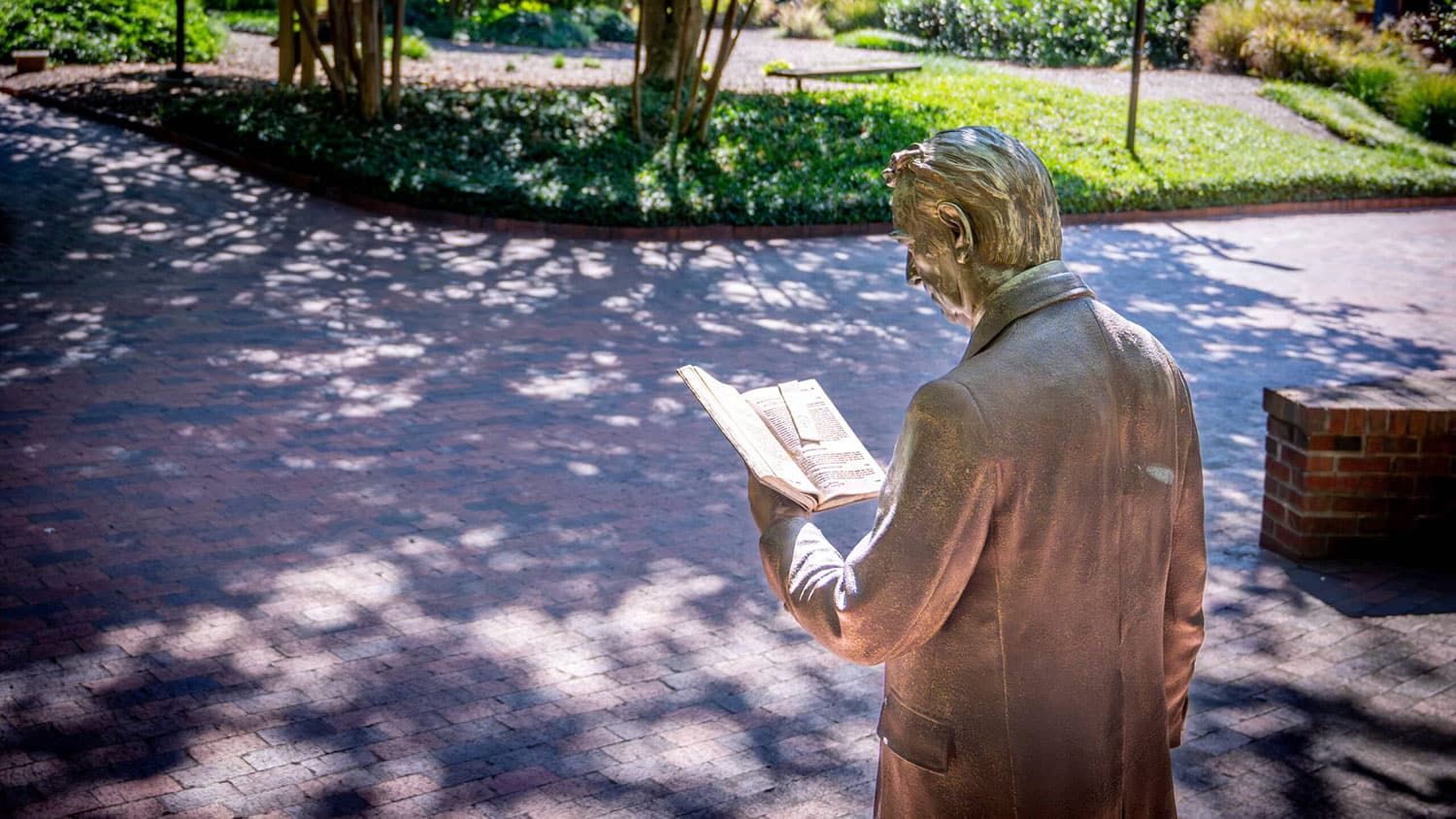Slow Burn: Fall Foliage Taking Its Time

No, it’s not another sign of the federal government shutdown. North Carolina’s hardwood trees are taking their time to change colors this fall because of a low-stress growing season that included plenty of moisture and mild temperatures, a North Carolina State University expert says.
“Growing conditions have been good, so trees have postponed shutting down the food factories in their leaves,” says Dr. Robert Bardon, forestry and environmental resources professor. “I expect the fall colors will arrive a little bit later than usual.”
While the federal closures mean that leaf peepers won’t be able to check National Park Service websites or use the visitor centers on the Blue Ridge Parkway, Bardon says it’s still possible to map out a spectacular fall foliage tour.
“Through our state and local governments, we have access to a lot of information. We can still enjoy the colors.”
The North Carolina Forest Service is open for business, along with eight educational state forests across the state. Both are keeping their websites updated with information for visitors. Check www.ncforestservice.gov or www.ncesf.org for the latest conditions.
Two of Bardon’s scenic picks are Rendezvous Mountain Educational State Park in Wilkes County and Merchant Mills Pond State Park in Gates County. The earliest color displays will be at high-elevation sites like Mount Mitchell and Grandfather Mountain.
“The nice thing about our state is that we have a wider window for fall colors because of our topography,” says Bardon, who leads extension programs in the College of Natural Resources. “Color moves gradually across the state from mountains to coast, giving us plenty of opportunities to enjoy the foliage.”
Yellow and orange leaves come from carotenoids, the pigments that give carrots and sweet potatoes their color. Anthocyanin provides rich reds later in the growing season as nighttime temperatures fall. Both pigments are present in leaves, but during the growing season they’re overshadowed by bright green chlorophyll, Bardon says.
-ford-


